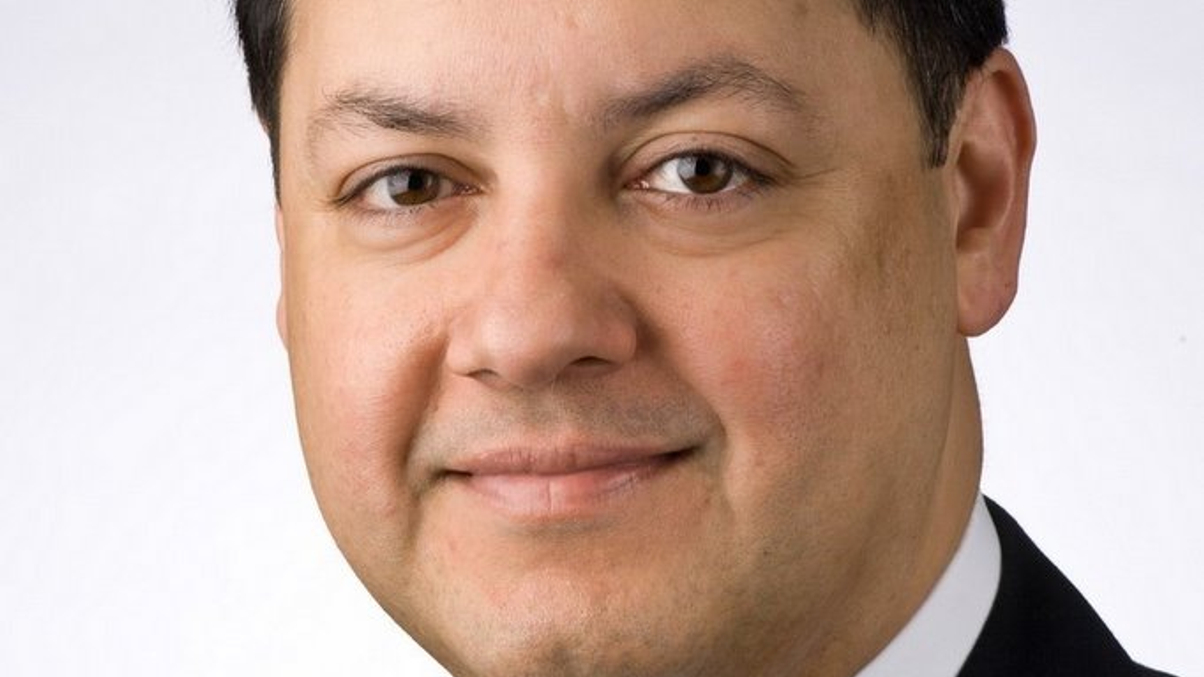Non-resident Indian wealthy setting up more family offices
The segment is outstripping overall Indian population growth by a factor of 10, and with the increase in size come gains in sophistication, says Deutsche Bank.

The South Asian high-net-worth diaspora has always represented a substantial pool of capital, with Deutsche Bank Private Wealth Management (PWM) putting the liquid wealth of the group -- excluding ownership of property and businesses -- at $50 billion to $70 billion.
Sign in to read on!
Registered users get 2 free articles in 30 days.
Subscribers have full unlimited access to AsianInvestor
Not signed up? New users get 2 free articles per month, plus a 7-day unlimited free trial.
¬ Haymarket Media Limited. All rights reserved.


